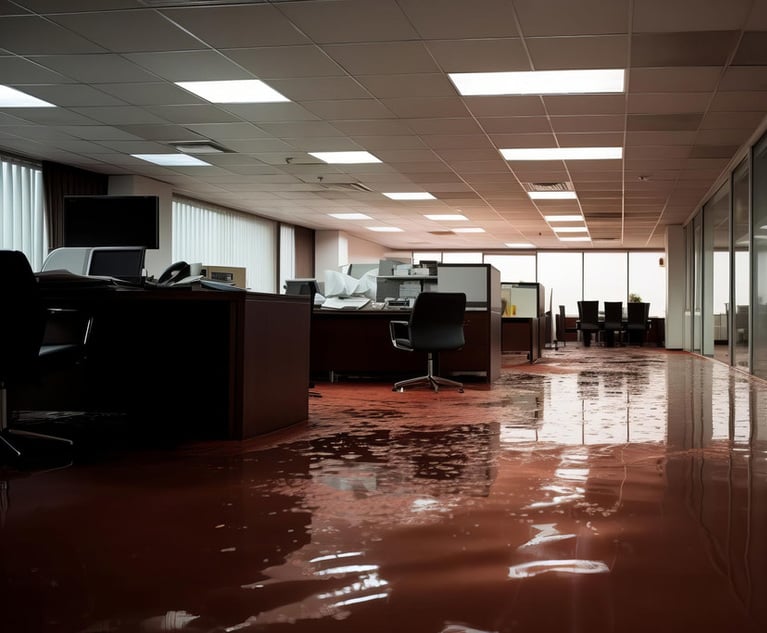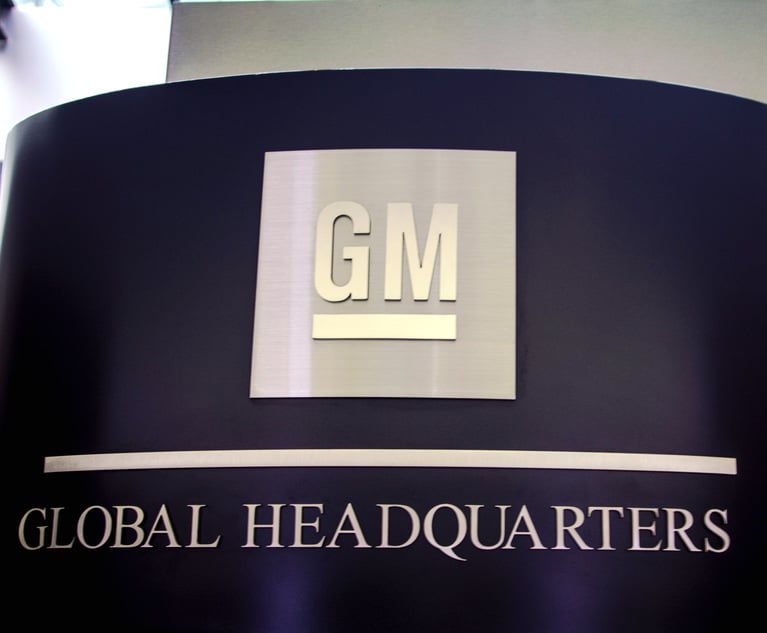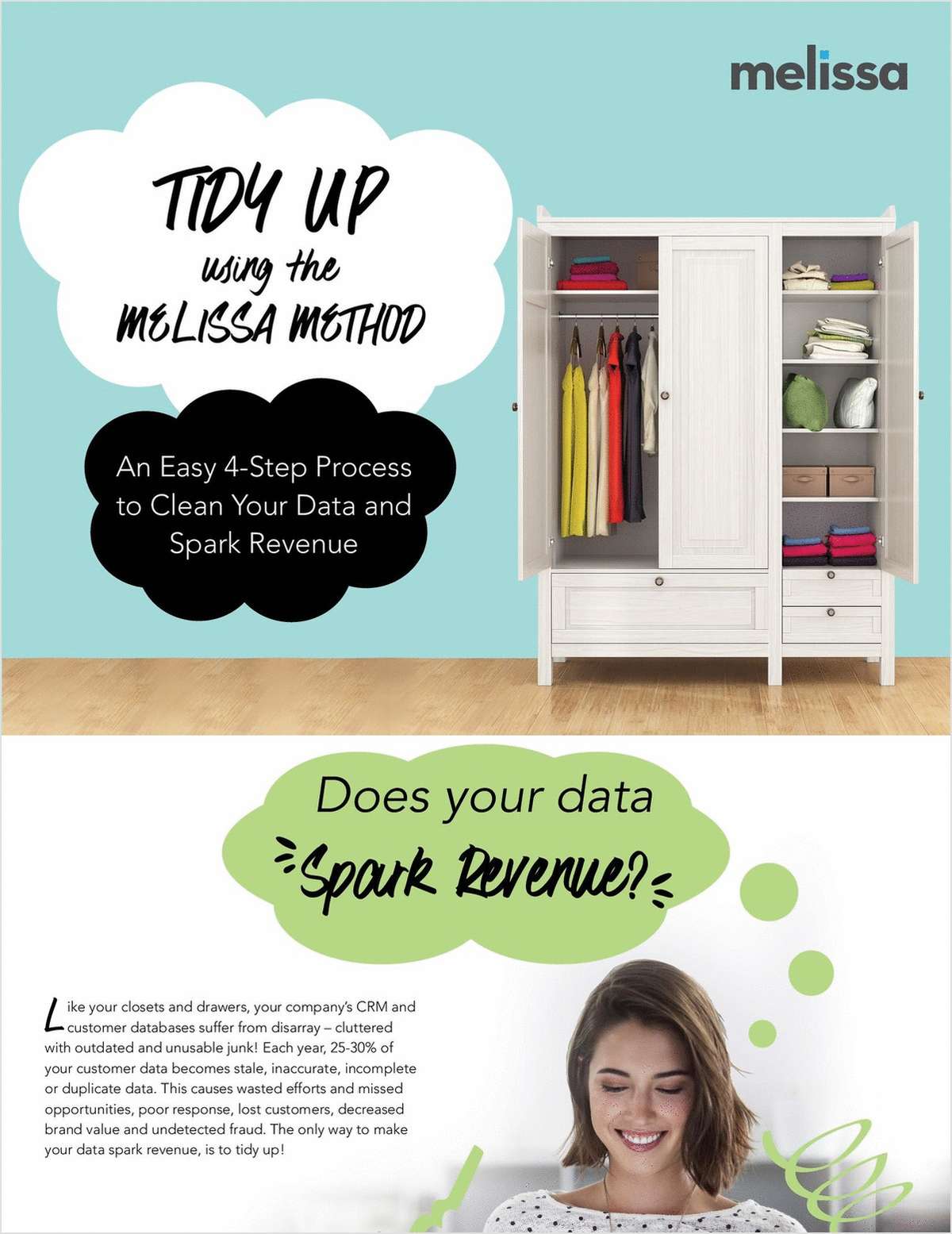New Tech Changing Equipment Coverage
|A circuit board makers testing machine suddenly began to smoke.A self-diagnostic check showed that internal components were “notcommunicating.” The machine was shut down and the internal switchcards and other plug-in components were removed. Investigatorsfound 52 switch cards and the motherboard were melted andcharred.
|A metal test probe had apparently fallen into the machine andcaused the short circuit that damaged the electronics. Thesensitive equipment was typically used 22 hours a day and wascritical to test the continuity of printed circuit boards.
|The loss was not covered under the property policy. Equipmentinsurance, however, paid $21,710 for the damage and $164,090 forlost business income.
|When it comes to equipment breakdowns, nothing is simple anymore. Whether its Silicon Valley or a shop on Main Street, we alldepend more than ever on new technology. A company may have thesame name, location and employees as it did when it first openedfor business, but chances are the equipment it uses has changed agreat deal. Equipment breakdown insurance is also changing to keeppace with new equipment risks and the need for new types ofcoverage.
|Once known as boiler and machinery insurance and mostly limitedto larger manufacturers, schools and municipalities, equipmentbreakdown coverage is an increasingly important part of anycommercial insurance program. Virtually every business today, largeand small, has greater insurable values of equipment. And newtechnology, such as fragile electrical and computerized equipment,is subject to breakdowns that can be more frequent and costly thanin the past.
|The name “equipment breakdown insurance” better describes thecoverage. Many businesses dont even have a boiler, although boilerbreakdowns still account for many expensive losses. Commercialinsurance buyers do have a range of modern equipment that they relyon for sales, production, communications and other essentialfunctions. The equipment they use includes inventory controlsystems, diagnostic equipment, telecommunications, security anddata systems, personal computers, copiers, printers and faxmachines.
|Electrical and electronic equipment is now the number-onecategory of breakdown loss, according to an analysis of HartfordSteam Boiler claims; 10 or more years ago, boilers and coolingequipment were most likely to break down. It follows that powersurges and other electrical line disturbances have become the topcause of breakdowns, surpassing boiler problems as the mostfrequent cause.
|Here are some typical losses involving electrical problems thatwere covered by equipment breakdown insurance:
|Shopping Malla voltage surge from a localutility caused the loss of air conditioning during a heat wave. A680-ton chiller motor shorted out. The loss totaled $125,594 forrepairs and rental equipment.
|Office Buildinga power surge was transmittedthrough an office communications network, destroying 200 computers.Total paid loss: $100,000.
|Film Processorthe computer, circuit boards andsensors of a commercial color film processor were destroyed when atruck hit a utility pole and electricity pulsed through the lines.Total paid loss: $48,347
|Restauranta short circuit knocked out airconditioning to a nightclub and restaurant for more than a week.The total paid loss of $96,189 included repairs, business incomelosses and extra expense.
|Dont underestimate the investment that a business or otherorganization has in equipment. Breakdowns can be much more costlythan many people assume. High-tech means high risk. Computers andelectrical equipment are vital to any commercial operation.
|Equipment is everywhere–in stores, offices, in every type oflocation. Then there are exposures from more basic equipment suchas electrical distribution systems, air conditioning andrefrigeration, elevators and heating systems, making equipmentbreakdown insurance more important than ever.
|How does the coverage fit with a commercial insurance program?Equipment breakdown coverage supplements the commercial propertypolicy to pay for the unique causes of equipment damage like shortcircuits, mechanical breakdown, electrical arcing and motorburnout. It helps protect against equipment breakdown loss, just asproperty coverage provides protection for property damaged by fireor windstorm.
|Just about any equipment used to conduct business is covered.Equipment breakdown insurance covers the cost of equipment repairor replacement, spoilage, and expenses incurred to protect propertyor to speed up restoration of operations.
|Business interruption coverage is an important option, sinceincome losses can easily reach many times the cost of the equipmentdamage. It pays for lost profits and continuing expenses, includingrent and mortgage payments, payroll and general overhead caused bya covered breakdown.
|With more businesses relying on new technology and businesspractices, equipment breakdown insurance continues to evolve withnew products and coverage. The list of covered equipment is greatlyexpanded to include todays sophisticated electrical and electronicsystems and devices. Since business interruption risks are higher,more coverage is available for income losses due to equipmentbreakdown.
|Computers of all types are usually covered by equipmentbreakdown insurance. Some policies offer extensive coverage forpersonal computers, voice mail and other computer equipment, andfor the restoration of data lost because of a breakdown.
|Another important feature that is standard in some policies iscontingent business income coverage. This recognizes theinterdependence of todays economy by paying an insured client forbusiness interruption losses and extra expense that result from acovered breakdown at the separate location of a major supplier orcustomer.
|As technology advances and equipment becomes more mobile,equipment breakdown insurance has expanded its coverage to protectequipment when it is used away from an insureds building orproperty. Off-premises coverage is a change from traditionalequipment breakdown insurance, which was designed for equipmentinstalled at a specific location. It can pay for damage toelectronic equipment used by business travelers, technical andscientific instruments, and other gear.
|Some equipment breakdown policies close a potential coverage gapthat can occur when power surges that damage equipment are causedby lightning, snow, ice or wind. The problem can arise becausepower problems are usually excluded by property insurance.
|At the same time, equipment breakdown insurance excludes mostweather-related perils that might cause a power surge or other linedisturbance. That can leave a client without coverage, unless theequipment policy makes an exception for surge damage.
|Another change is in the way commercial clients are purchasingequipment breakdown coverage. Once offered primarily as astandalone policy, equipment insurance has been made available tomost any business by embedding the coverage into a commercialproperty-casualty package policy. By adding equipment coverageautomatically, the risk is spread among many policyholders tobroaden the coverage, keep prices affordable and eliminate extrapaperwork.
|Equipment breakdown insurance has changed drastically over theyears. It has adapted in response to technology and themarketplace.
|In the years ahead, businesses will face new equipment exposuresthat we cant yet envision, requiring new types of insurancecoverage, products and services. The challenge is to educatecommercial insurance clients about the financial risks that areassociated with advances in technology. Only then can they makeappropriate decisions to protect their mission-criticalequipment.
|Kevin Monahan, CPCU, is vice president, The Hartford SteamBoiler Inspection and Insurance Company, responsible for TheHartford Steam Boiler Inspection and Insurance Companys CentralU.S. equipment breakdown insurance operations and strategic riskpartner relationships with property-casualty carriers.
Reproduced from National Underwriter Property &Casualty/Risk & Benefits Management Edition, September 1, 2003.Copyright 2003 by The National Underwriter Company in the serialpublication. All rights reserved.Copyright in this article as anindependent work may be held by the author.
Want to continue reading?
Become a Free PropertyCasualty360 Digital Reader
Your access to unlimited PropertyCasualty360 content isn’t changing.
Once you are an ALM digital member, you’ll receive:
- All PropertyCasualty360.com news coverage, best practices, and in-depth analysis.
- Educational webcasts, resources from industry leaders, and informative newsletters.
- Other award-winning websites including BenefitsPRO.com and ThinkAdvisor.com.
Already have an account? Sign In
© 2024 ALM Global, LLC, All Rights Reserved. Request academic re-use from www.copyright.com. All other uses, submit a request to [email protected]. For more information visit Asset & Logo Licensing.








